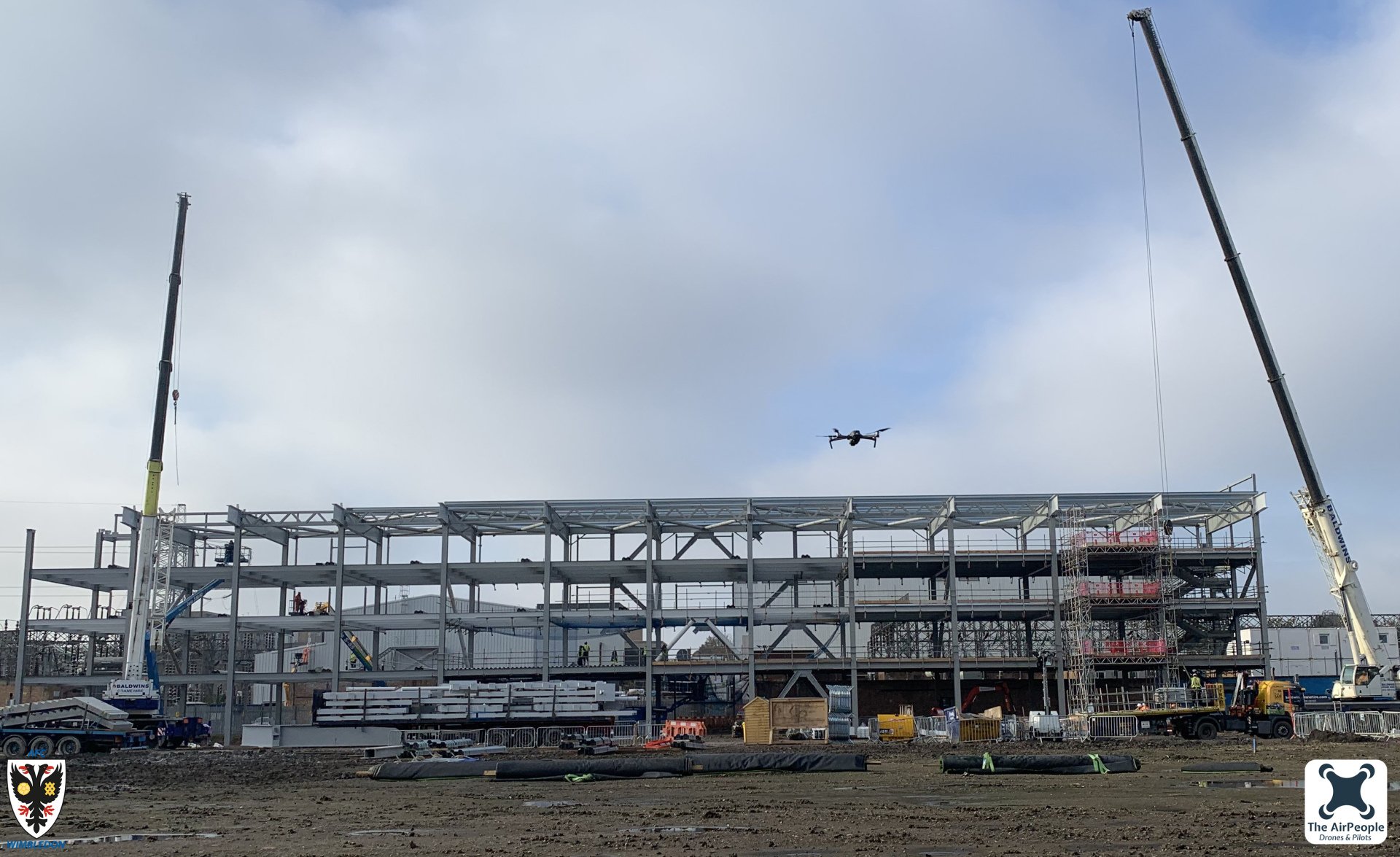Aerial photography offers a stunning way to capture our world, giving a unique perspective from above that’s both breathtaking and insightful. From nature lovers to event planners, people are drawn to aerial views for their sweeping visuals and ability to showcase things in their entirety.
In this guide, we’ll explore the fundamentals of aerial photography, share some tips on capturing mesmerizing shots, and dive into its wide-ranging applications.
What is Aerial Photography?
Aerial photography involves taking pictures from an elevated perspective, typically using drones, helicopters, or small planes. This style allows photographers to cover vast areas and reveal details that are impossible to capture from the ground. Whether for landscapes, real estate, events, or environmental studies, aerial photography has many applications.
The Appeal of Aerial Photography
Aerial photography isn’t just visually appealing; it also has practical benefits:
- Capture Scale: Great for large landscapes or buildings.
- Perspective Shift: Provides a bird’s-eye view, adding drama and context.
- Unseen Details: Reveals elements that are hidden at ground level.
- Enhanced Storytelling: Gives a fresh look at ordinary subjects, making them extraordinary.
Types of Aerial Photography
Different aerial photography methods serve distinct purposes, each with its unique style and approach.
Drone Photography
Drones are popular for aerial shots because of their flexibility and cost-effectiveness. They’re ideal for real estate, tourism, and events, giving photographers access to hard-to-reach spots.
Helicopter and Plane Photography
These methods are best for wide shots of larger areas like cities or natural landscapes. While more costly than drones, they offer stability and are often used for cinematic shots.
Kite and Balloon Photography
Kite and balloon photography are creative alternatives, especially for areas where drones or helicopters are restricted. While less common, they offer a softer and slower capture experience, useful for environmental surveys.
Essential Tips for Stunning Aerial Shots
Here are some pointers to help capture amazing aerial shots:
- Plan Your Shots: Research the location, lighting conditions, and time of day.
- Understand Your Equipment: Know the strengths and limitations of your drone or camera to get the best results.
- Follow Safety Guidelines: Fly responsibly and check for any restrictions in the area.
- Use Manual Settings: Adjust ISO, shutter speed, and aperture for clarity and depth.
- Composition is Key: Look for patterns, symmetry, and color contrasts to make your shots stand out.
Applications of Aerial Photography
Aerial photography has a range of practical uses across industries:
- Real Estate: Offers prospective buyers an overall view of properties.
- Environmental Monitoring: Helps in tracking changes in landscapes, deforestation, and wildlife.
- Tourism and Marketing: Creates engaging content that appeals to a broader audience.
- Event Coverage: Captures the full scale of festivals, weddings, or concerts.
The Future of Aerial Photography
With advances in drone technology, aerial photography continues to evolve, making it more accessible to enthusiasts and professionals alike. As equipment becomes more sophisticated, capturing high-resolution shots is becoming easier, allowing for even more creative uses of aerial perspectives.
Getting Started with Aerial Photography
Whether you’re a hobbyist or a professional, aerial photography offers endless opportunities to explore and capture stunning images. To get started, consider:
- Investing in a quality drone or camera.
- Learning basic flying techniques if you’re new to drones.
- Experimenting with different locations and lighting conditions.
Ready to Capture the World from Above?
If you’re looking to delve into the world of aerial photography, reach out to us or email us. Our team is here to guide you on capturing incredible images from the sky.


